Children in the garden
I don’t want to go out! Television and computer games have too strong a pull. Especially when your little son or daughter is supposed to accompany you to gardening. There’s only one thing that helps: unplug, let the first protest die down and then get into your gardening shoes. Because as soon as the little (and also bigger) children are in the garden, there are quite a lot of exciting things to discover.
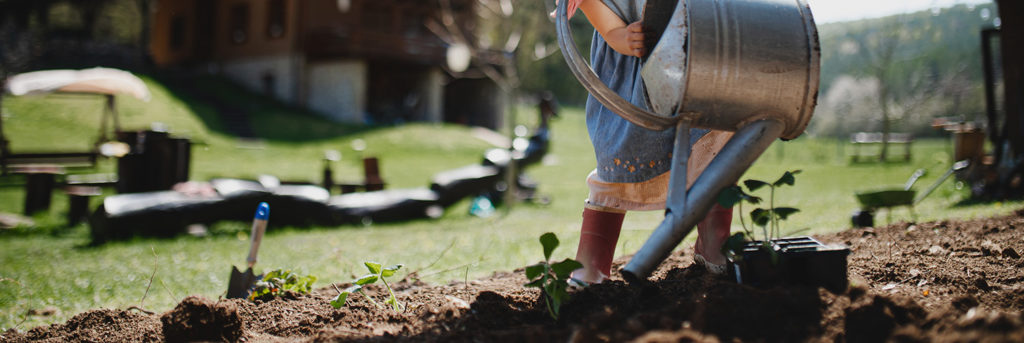
How to design the garden suitable for children
Designing for children does not mean setting up a playground with all the play equipment in the garden. Children have a fertile imagination and are quickly inspired by their surroundings.
Children’s wish list
Let your kids help design: instead of guessing what they like, just ask them! Very exciting ideas can come out of it. They may not always be practical, but with a little creativity, they can certainly be implemented.
Attention to the choice of plants!
Refrain from poisonous plants. Especially those with showy fruits that resemble sweet berries are dangerous. The classic example is the native yew (Taxus baccata), whose bright red fruits contain deadly seeds.
Shrubs common in gardening but highly poisonous also include daphne (poisonous red berries develop from its highly fragrant, delicate pink flowers), laburnum (the highly poisonous fruits look like peas!), spindle tree (the poison is in the pink-orange four-lobed fruits, among other things), and or cherry laurel (the poison is in the seeds of the black berries).
Look for other characteristics of garden plants besides toxicity. Prickly shrubs like sloes, hawthorn, buckthorn, or wild roses are great bird deterrents. Playing hide and seek in them becomes painful. Therefore, especially the area for small children should be in another corner of the garden.
Sweet berries loves every child
Sneaking into the garden, picking the reddest strawberries, biggest raspberries and ripest gooseberries before someone else finds them. Who could resist? Establish a nice ritual together with your kids and start every afternoon in the garden to pick a colorful and fresh berry snack together. This way, even the most stubborn fruit refusers will change their minds!
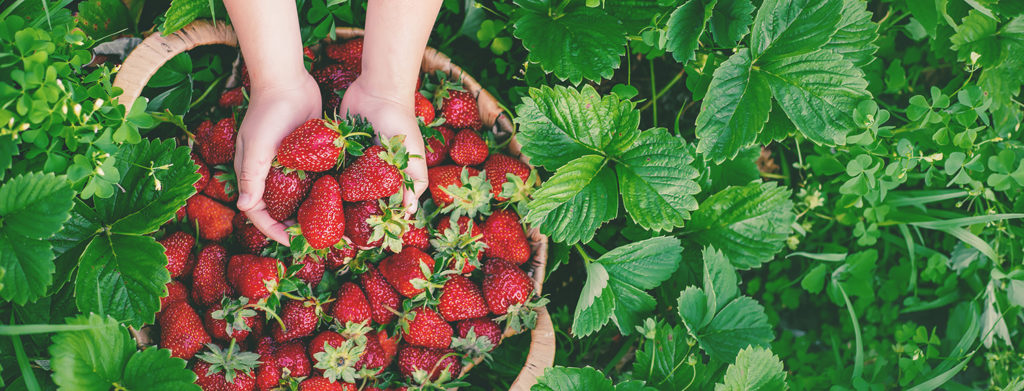
The choice of berry bushes is large. Try – in addition to the usual currant, raspberries, blackberries and strawberries – rock pears, May berries or Josta berries. The rock pear is also called a currants bush, its fresh berries taste almost like raisins. Dried, the berries go well in muesli or yogurt. Be careful to harvest the dark purple fruits in time, otherwise blackbirds and co will be faster. May berries are the first berries of the year. They bear – right: in May! – elongated dark blue berries, which in taste resemble heather berries. Their advantage: unlike blueberries, which require acidic soil, they thrive uncomplicatedly in any garden soil. Jostaberries are a cross between currants and gooseberries. They actually combine the taste of both fruits.
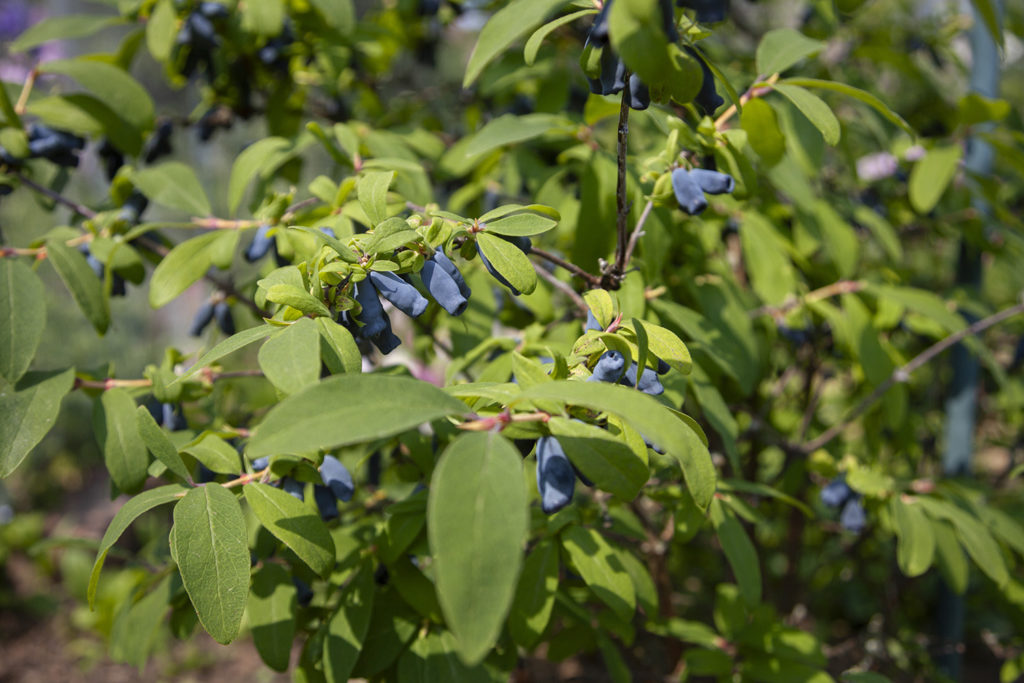
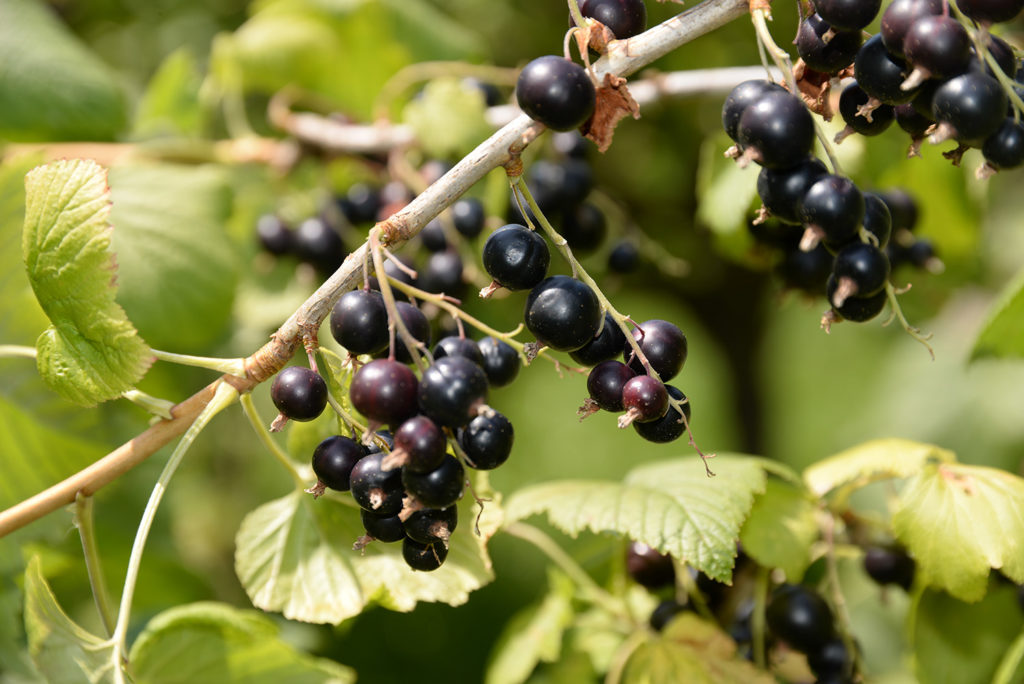
Create niches
Children like to hide and need small, cozy places to feel at home. That’s why it’s worth creating a versatile garden. In addition to a lawn for tumbling, playing tag or ball, it needs some trees and shrubs – of course, non-toxic and thornless – that provide a safe refuge for little robbers and garden fairies.
By the way, this is also desirable from the point of view of nature!
The more diverse the garden, the more plants and animals find their habitat here.
Use hardy shrubs whose branches are soft and flexible and will grow back quickly in the event of an “accident”. These include cornelian cherry, elderberry, hazel, red dogwood and the indestructible willows.
This is what all garden gnomes like
“Buildings” for your kids
Willow buildings and bean tepee
Your kids will love an igloo, teepee or tunnel made of willow. Especially when they can help build it and then watch their little house grow before their eyes. Suitable willow species are wicker, purple willow or almond willow. Their two- to three-year-old, finger-thick canes are simply stuck into the ground, where they take root themselves. After just a few months, a dense, green children’s house has been created – for hiding and moving in.
A bean tepee is not as persistent, but it is quicker to set up and plant.
And as a reward, you even get a great harvest for the next chili.
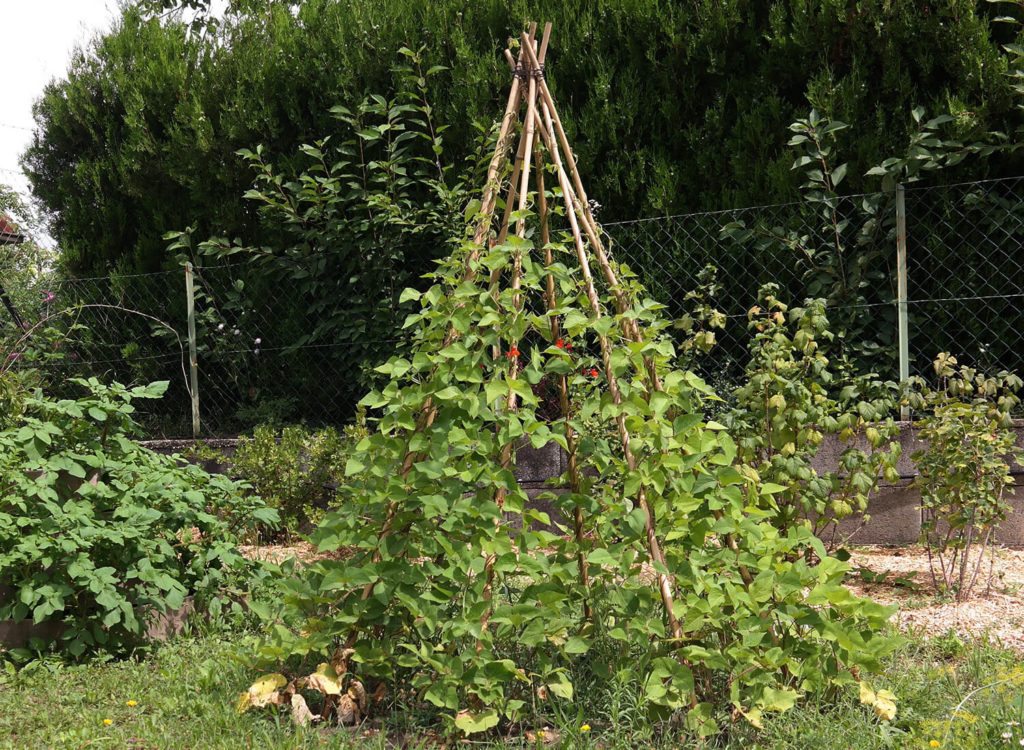
Children’s building site and muddy field
Sand for digging attracts all children. The little box from the hardware store can quickly become too cramped for the little ones’ big projects. A real children’s construction site is more exciting.
Even on an area of 2-3m² you conjure up a real “construction site feeling”. Find a semi-shaded place so that the little ones are protected from the summer heat. The north side of a large tree is ideal. Dig a pit about 70 cm wide and support it at the edges with stones, old car tires, tree trunk sections or wooden boards. Fill it halfway with gravel, and place a water-permeable fleece over it. Then pour plenty of play sand into the hole. The substructure prevents the subsoil from mixing with the sand later on. In addition, (rain) water runs off quickly.
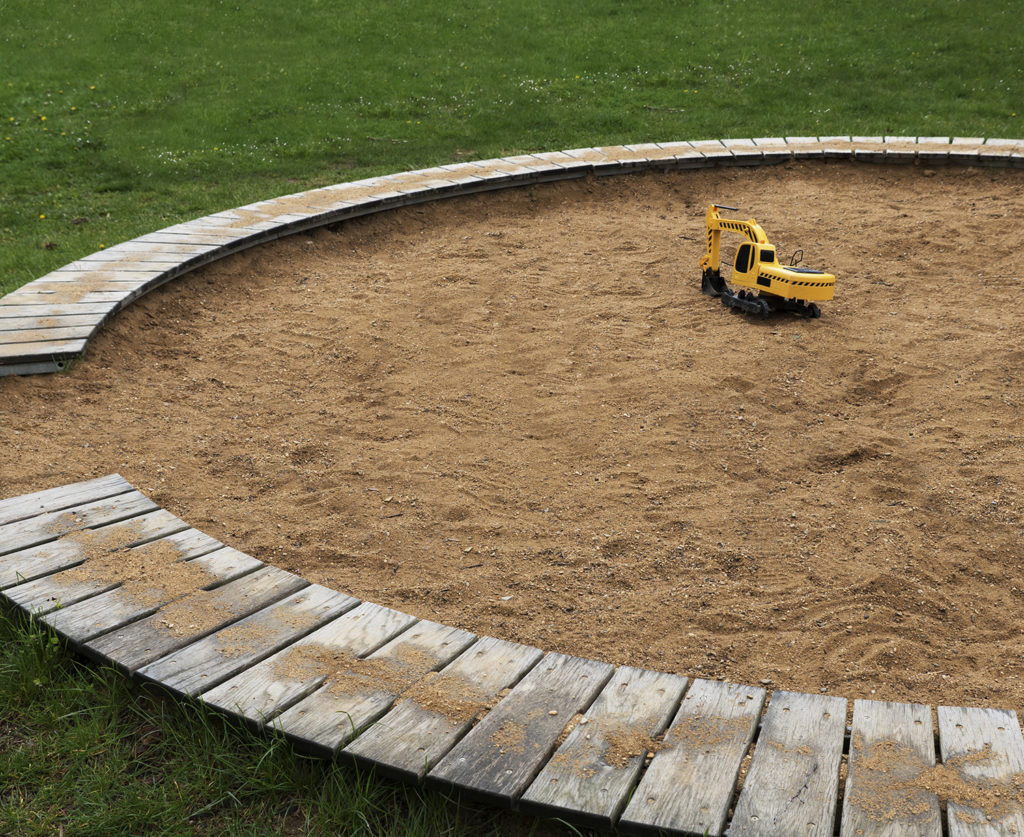
In addition to sand, provide your kids with other natural materials. Pieces of bark, stones, twigs and chopped branches, chestnuts and much more invite them to build and play creatively. Of course, excavators, shovels, buckets and co. must not be missing.
A water connection right next to the muddy area is ideal. With bottles, bowls, a watering can, spoons and a scoop, your kids will be busy for hours and you won’t have to worry about the water seeping away.
Tip: Choose a place away from paths or English lawns for the children’s construction site,
because some “ingredients” will “wander” a little into the garden.
The children’s bed
Playfully you can show your offspring how food is created. Start small – put a few seeds in the ground together, mark the spot well and water them every day. The joy and surprise is great when the first seedlings sprout from the ground.
If you have aroused your child’s interest, give them a small area where they can garden themselves (with your help)! The best plants for a children’s bed are fast-growing plants (radishes, lettuce) and those that can be eaten directly from the bed – peas, cocktail tomatoes or mini cucumbers.
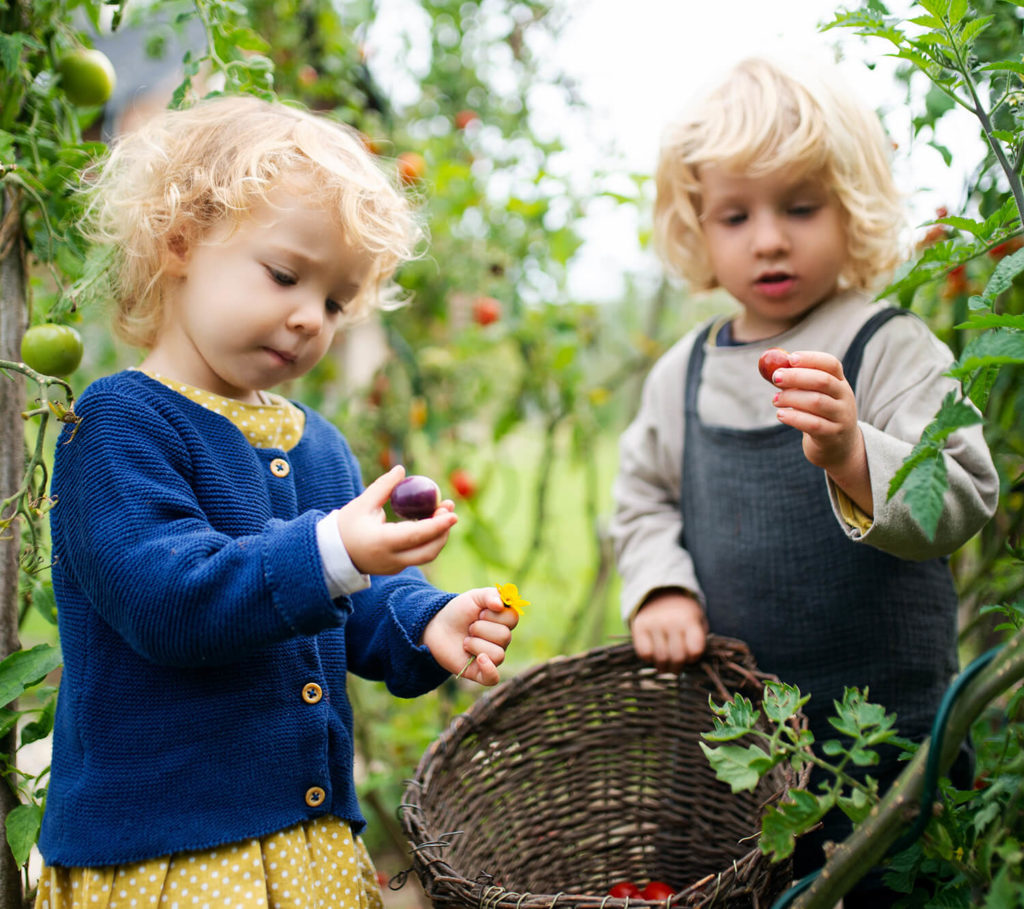
A snack garden for the little ones
-
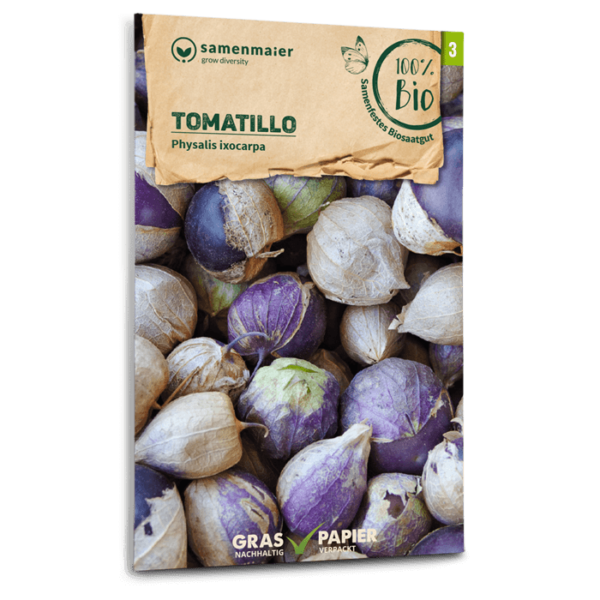 Organic Tomatillo€ 3.99
Organic Tomatillo€ 3.99incl. 13% VAT
Keine Versandkosten ab € 20 Warenkorb
-
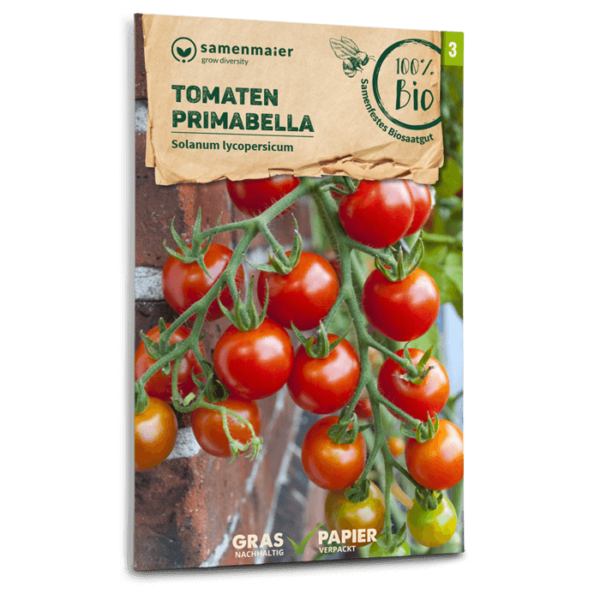 Organic Primabella Tomatoes€ 3.99
Organic Primabella Tomatoes€ 3.99incl. 13% VAT
Keine Versandkosten ab € 20 Warenkorb
-
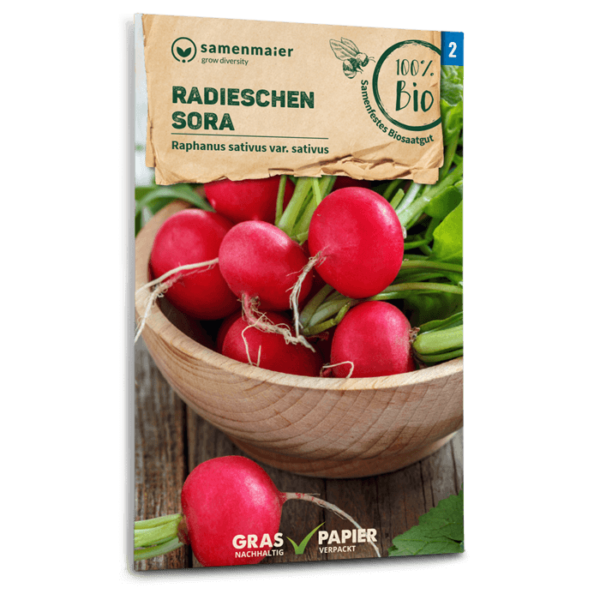 Organic Sora radish€ 2.99
Organic Sora radish€ 2.99incl. 13% VAT
Keine Versandkosten ab € 20 Warenkorb
-
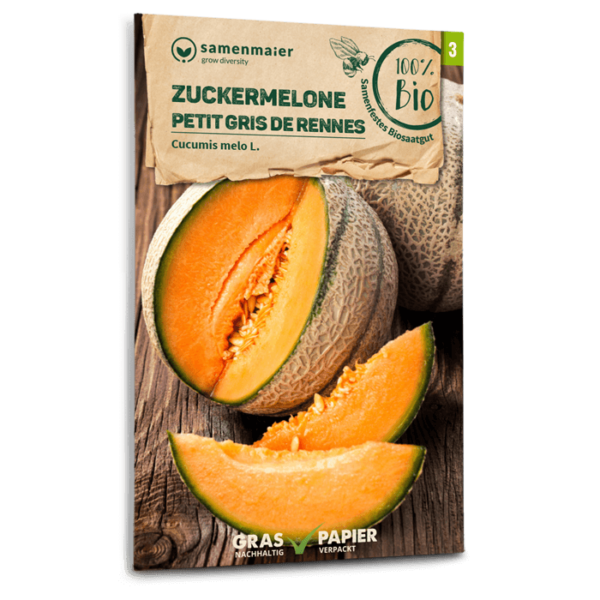 Organic Muskmelon Petit gris de Rennes€ 3.99
Organic Muskmelon Petit gris de Rennes€ 3.99incl. 13% VAT
Keine Versandkosten ab € 20 Warenkorb
-
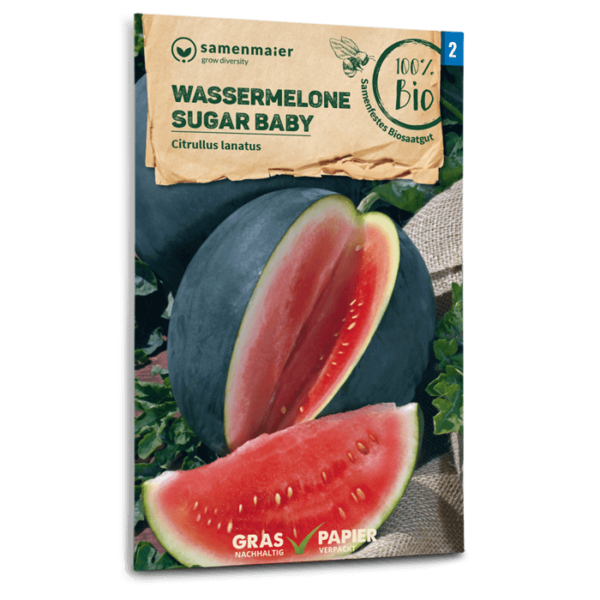 Organic Watermelon Sugar Baby€ 2.99
Organic Watermelon Sugar Baby€ 2.99incl. 13% VAT
Keine Versandkosten ab € 20 Warenkorb

